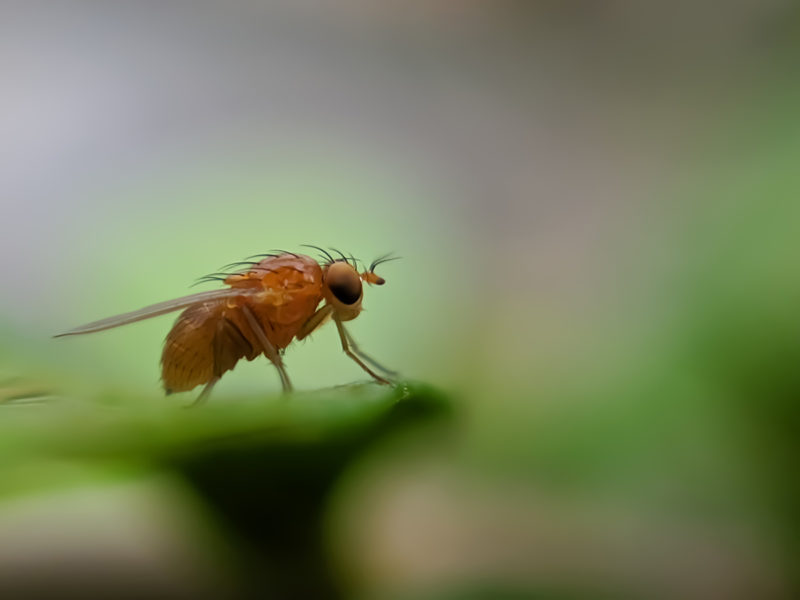Parasitic wasps have joined battle alongside berry growers in the fight against spotted-wing drosophila.
US researchers have successfully petitioned the US Department of Agriculture to permit the release of Ganaspis brasiliensis for SWD control within the US.
“This permit allows mass rearing and release of these parasites throughout the USA,” a team of researchers led by Vaughn Walton of Oregon State University reports. “We hope that this will enable a more sustainable and significant reduction of SWD risk in the wine and other affected industries.”
USDA research entomologist Jana Lee, a part of the five-member team, hopes to use the wasp to manage SWD at locations in several states as early as 2022, allowing for its natural establishment.
“Should this parasite successfully establish over time, it will naturally adapt to the environment resulting in more sustainable control of this damaging insect,” the researchers state.
Ganaspis brasiliensis as well as Leptopilina japonica have been identified in BC, but neither has been approved for rearing or release against SWD.
“It is presumed that they arrived from Asia on their own sometime since 2009,” says Agriculture and Agri-food Canada entomologist Paul Abram. “Research is still ongoing to see whether moving either of these species from British Columbia to other parts of Canada would be ecologically safe, as well as effective for suppression of SWD populations.”
But speaking to growers at the Lower Mainland Horticultural Improvement Association short course in Abbotsford in 2019, Abram said the species had a 76% kill rate against SWD larvae.
“They can smell the smell of an infested blueberry compared to a non-infested blueberry and orient towards it,” he said. “When they find an infested berry they’re able to land on the surface and find where the spotted-wing drosophila is.”
The wasps’ natural focus on SWD means the Canadian Food Inspection Agency is likely to approve them for release in Canada if all other risks prove to be low, said Abram.
Research that would lay the foundation for a permit application is ongoing.


 BCAC meetings bear fruit
BCAC meetings bear fruit